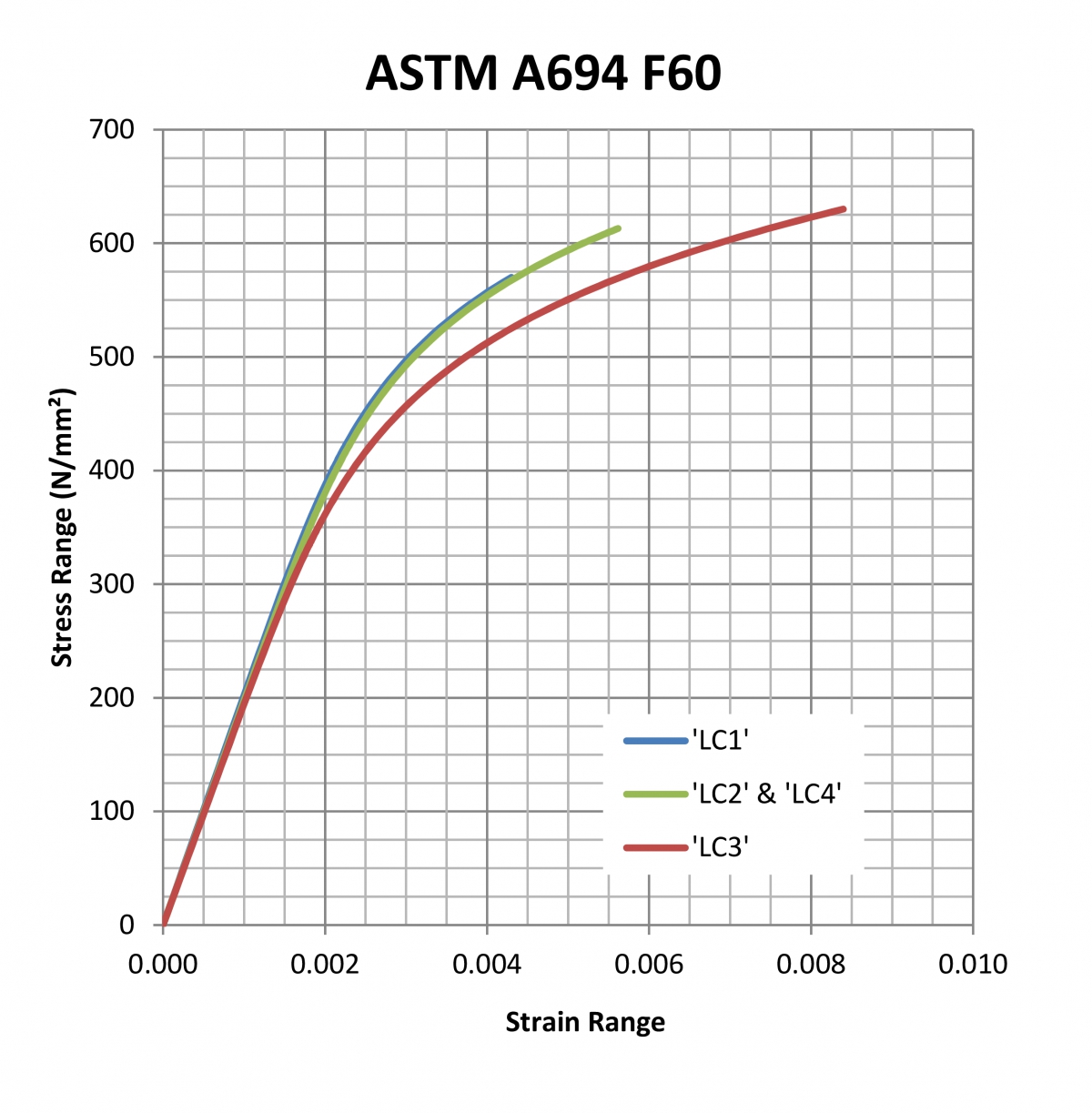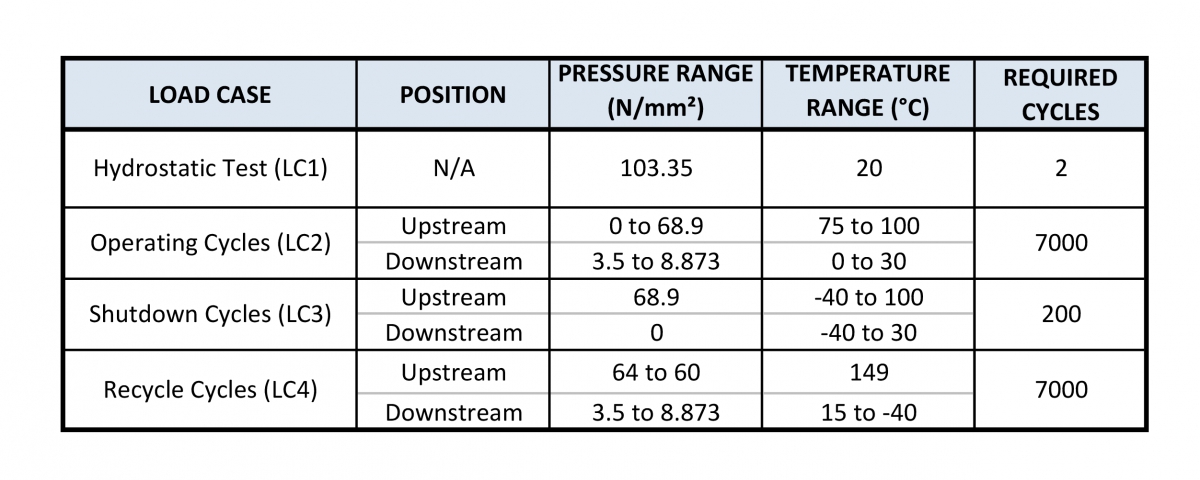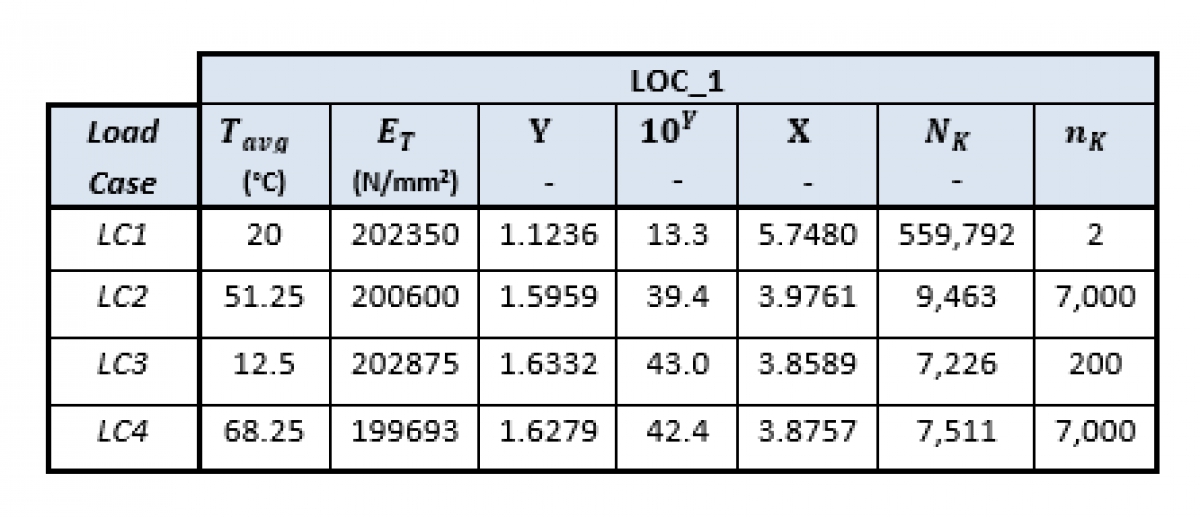Concept2Engineering Fatigue Analysis of Choke Valves for CRN Approval


Equation

Figure 1

Load Case Table

Figure 2

Formulas

Figure 3
Concept2Engineering is an engineering consultancy and test house specialising in flow control and pressure retaining assemblies used in a number of industrial processes.
We were recently commissioned to undertake a Fatigue Analysis of four separate choke valve designs engineered for use on a large project in Canada. The reports produced required Canadian Registration approval (CRN approval) and in addition needed to satisfy the additional CSA B51:2019 (Canadian Standards Authority) local requirements.
The valves supplied by our client were for use on a variety of severe service conditions, including Pressure and Flow control, Blowdown and Recycle service. The project specified that the analysis must address the requirements of ASME B31.3 Chapter IX: High Pressure Piping, Para K304. Therefore, a detailed fatigue analysis conforming to ASME BPVC Section VIII, Division 2, Part 5.5 and 5.7 (Bolting analysis) was undertaken.
The approach taken for the fatigue analysis was a Finite Element Analysis (FEA) using the elastic-plastic stress methodology. The applicable materials of construction were modelled in accordance with ASME Section VIII, Division 2, Paragraph 3-D.4, Equation 3-D.15, as illustrated in image 1.
Material with strain hardening behaviour is shown in Figure 1.
The Loading histogram was supplied by the project, the following example of the load cases highlight the differing thermal transients and pressures on the upstream and downstream piping based on the specific duty for the valve (see Load Case Table).
Additional piping loads were identified by the project using a Caesar II analysis, and these were applied at specific nodes corresponding to the valve end flange connections. Classical analysis was undertaken to establish specific branch loading and in order to establish boundary conditions for the analysis. Determination of convection coefficients for the thermal study was completed and these were included in the analysis.
The elastic-plastic analysis was performed for each specified load case, thermal stresses arising from the transients were combined with the internal pressure cycles and piping loads each case.
Typical results from the fatigue analysis are shown in Figure 2.
Post processing work was undertaken on completion of the FEA with both the effective strain range , and effective alternating equivalent stress , calculated using the following formulas illustrated.
The results were then used to determine the permissible number of cycles , for each of the given load cases, an example of the permissible cycle results is shown in Figure 3.
The analysis undertaken by Concept2Engineering was submitted by our client gaining both CRN and project approval. All valves demonstrated an acceptable service life against the requirements stated in the project specification.
Tel: 01484 844 882
Email: info@concept2engineering.com
Website: https://www.concept2engineering.com/

| Telephone: | 01484 844 882 |
| Email: | info@concept2engineering.com |
| Website: | www.concept2engineering.com |
| More information on the Concept2Engineering Ltd BVAA Member Directory Page |
Search related articles: Concept2Engineering LtdIssue 79Testing







-web.jpg)





